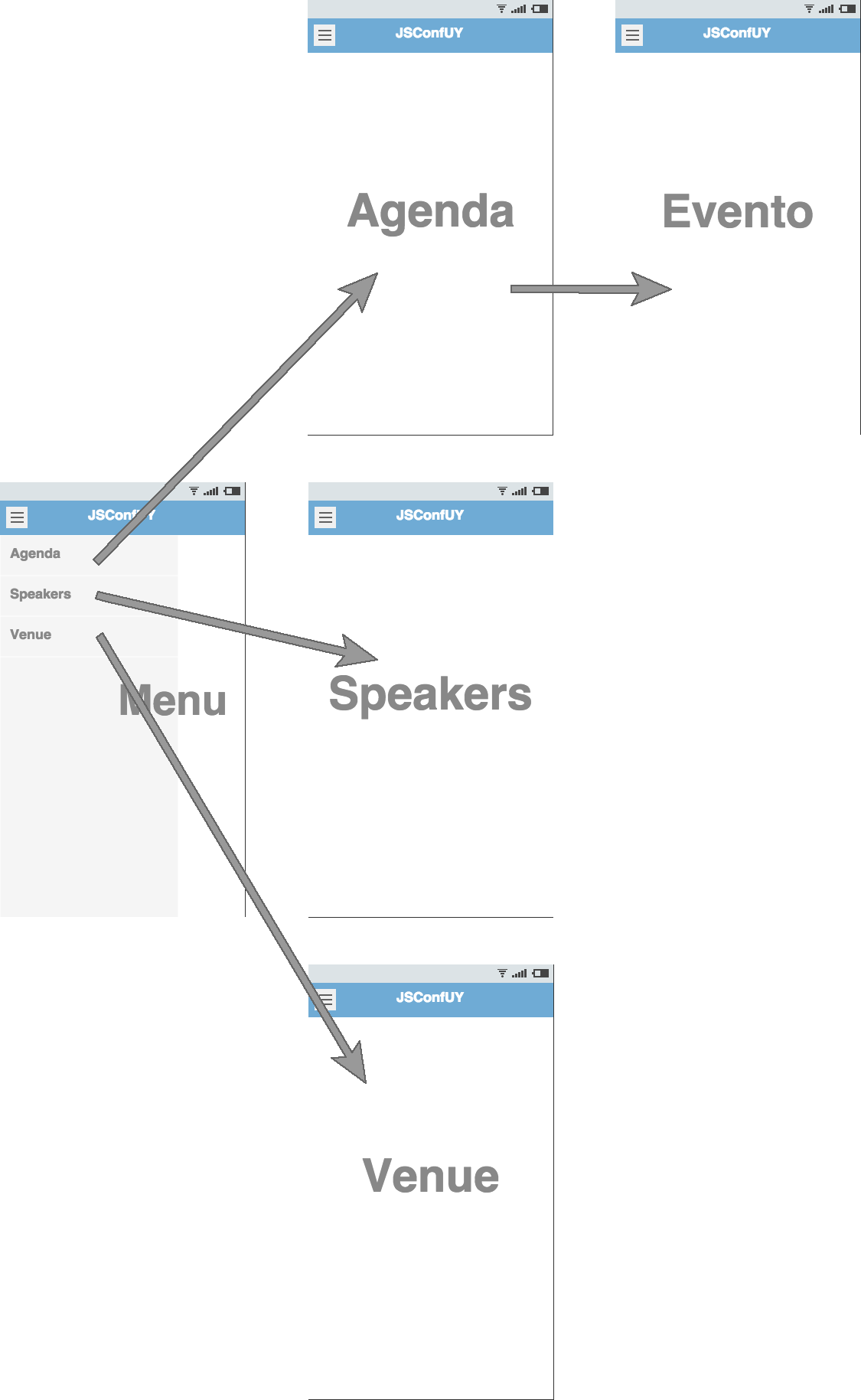
To create the application, we will be using our command-line interface. You can find more detailed instructions in the Ionic documentation. Once done, load the config into the current shell using the source command. Edit your PATH with: export ANDROID_SDK_ROOT = $HOME/Library/Android/sdkĮxport PATH = $PATH: $ANDROID_SDK_ROOT/tools/binĮxport PATH = $PATH: $ANDROID_SDK_ROOT/platform-toolsĮxport PATH = $PATH: $ANDROID_SDK_ROOT/emulator Ionic also needs some environment variables to be set up for Android development. Note the nexmo-client listed this is the Client SDK. This command will install the dependencies listed in the package.json file. Now that you have cloned the project, you can install the project dependencies by running npm install. Git clone change directory into the new folder cd ionic-app-to-phone. You can clone the project to your local machine by running the following command in your terminal: Install Ionic with the following command: Ensure that you have Node.js installed before continuing. Ionic can be installed with npm but requires Node.js. Start developing in minutes with free credits on us. Once you have an account, you can find your API Key and API Secret at the top of the Vonage API Dashboard. If you don’t have one already, you can sign up today and start building with free credit.

To complete this tutorial, you will need a Vonage API account.

Our Command Line Interface, which you can install with npm install -g.Android Studio, with JDK 8 or newer to build and run the app on an emulator.Xcode 12, to build and run the app on an iOS simulator.The project for this blog post uses React.
#IONIC LIVERELOAD ANDROID HOW TO#
This blog post takes you through a project that showcases how to build an Ionic app that lets you make a call across three platforms using the Vonage Client SDK.


 0 kommentar(er)
0 kommentar(er)
